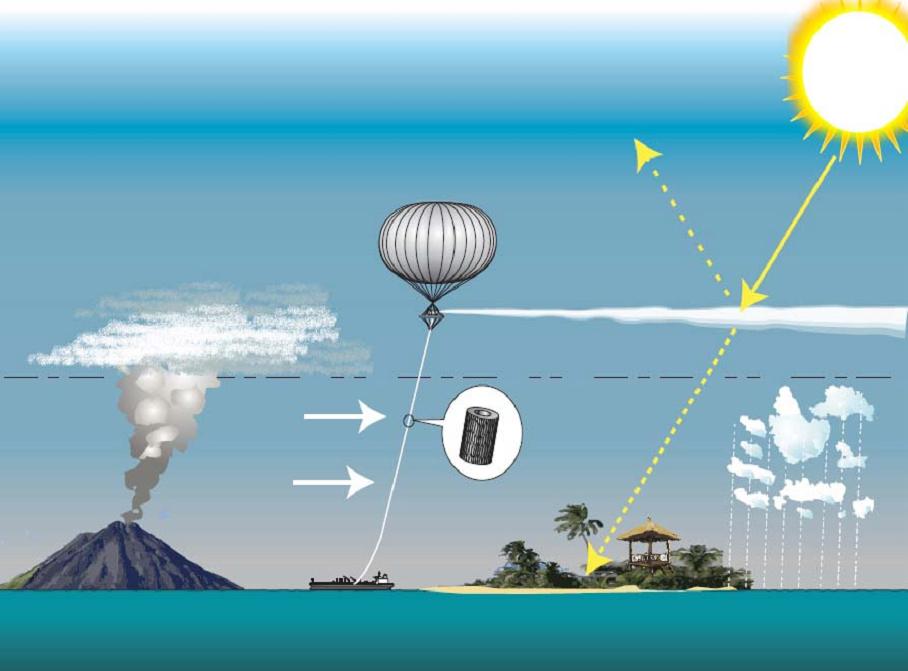Blocking the sun’s rays to address climate is too risky, said a group of around 60 scientists and experts in an open letter last week.
They want an international agreement to stop the testing and deployment of solar geoengineering technologies.
“The geopolitics of possible unilateral deployment of solar geoengineering would be frightening and inequitable,” said the letter.
Solar geoengineering is not a solution, they say, and may interfere with existing climate change efforts such as moves to reduce carbon emissions.
“Solar geoengineering deployment cannot be governed globally in a fair, inclusive, and effective manner,” said the letter.
The letter calls for immediate political action from governments, the United Nations and other actors to prevent the normalization of solar geoengineering as a climate policy option, including stopping all funding, banning all outdoor tests, and denying patents for social geo-engineering technologies.
Increasing global annual temperatures have warmed our planet to the point of more frequent severe weather worldwide. Unprecedented rainfall in some areas and arid drought conditions where none existed before portend a bleak future. As a result, some scientists have been recommending that the sun’s ray could be blocked in order to stop climate change.
Last March, for example, a committee of the US National Academy of Sciences recommended that the US should start a solar geoengineering research program that would do just that.

Because of that, some scientists, weather experts, and politicians are discussing geoengineering projects for solar radiation modification to cool the Earth’s surface warmed by climate change.
One project involves sending sulfur particles into the atmosphere, much like the historical eruption of Krakatoa or the recent Hunga Tonga-Hunga Ha’apai explosion did naturally. The eruption of Mount Pinatubo in 1991 reduced the Earth’s mean surface temperature for over a year.
When the particles of sulfur, ash, sulfuric acid, and water vapor released by volcanoes circulate in the atmosphere, they block out the sun. They increase the amount of sunlight reflected into space, and a volcanic winter ensues.
There is a big problem with this plan. Scientists don’t know what will happen.
One of the biggest concerns is that the sulfur will not stay in the atmosphere but will fall as acid rain.
The open letter raised objections over the possible consequences of the plan.
In a paper published earlier this month by sixteen of the scientists, researchers pointed to studies that such actions could unsettle the monsoon season in South Asia or damage agricultural production worldwide, impacting the food supply of millions.
The researchers were concerned that such a massive geoengineering project could have unintended consequences, like droughts in certain areas or flooding in others.
Some argue that while climate geoengineering is not a substitute for reducing greenhouse gas emissions, it might be one way to buy society time to make the transition away from fossil fuels.
Edited by Alex Korolov
Jim DeLillo writes about tech, science, and travel. He is also an adventure photographer specializing in transporting imagery and descriptive narrative. He lives in Cedarburg, WI with his wife, Judy. In addition to his work for MetaStellar, he also writes a weekly article for Telescope Live.

